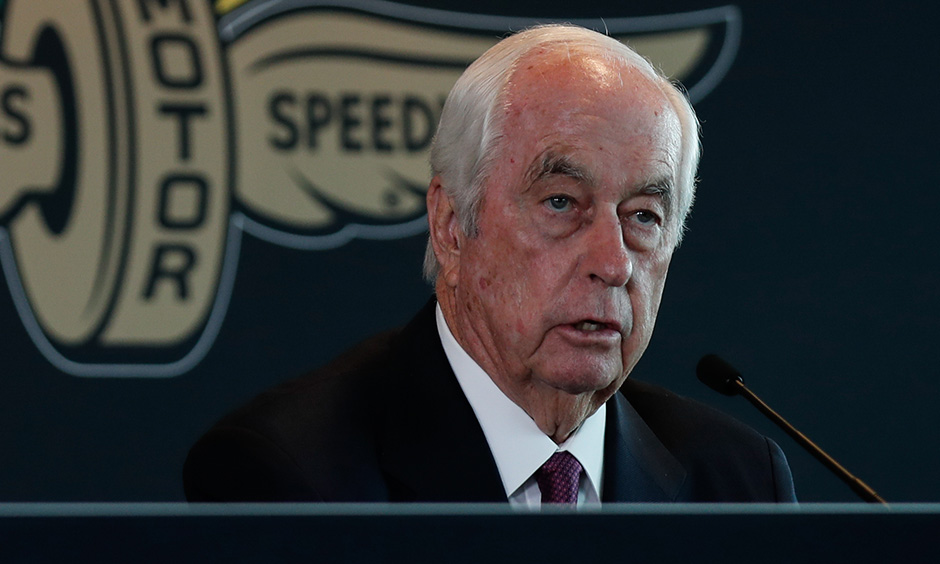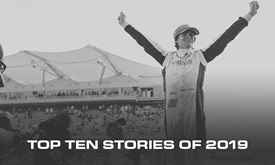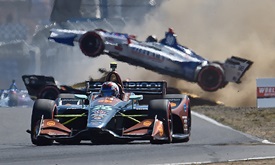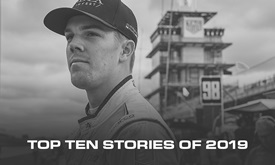Penske vows to emphasize viewer experience of motorsports
DEC 18, 2019
In accepting induction in the Sports Broadcasting Hall of Fame on Monday in New York, Roger Penske said he and the Hulman & Company assets he’s acquiring – INDYCAR, Indianapolis Motor Speedway and IMS Productions – will "work hard" to help further enhance the experience of viewing motorsports events.
“This opportunity will allow us to engage millions of fans through the broadcast mediums around the world as well as the 300,000 people (attending) the largest single sports event in the world, the Indianapolis 500,” Penske said to an applause. “It’s important to demonstrate the physical and mental challenges that our amazing drivers face each weekend by monitoring (their) mental condition throughout the race. We have the technology to put the fans in the drivers’ seat so they can appreciate the capabilities of these amazing athletes.”
The official acquisition of the Hulman & Company holdings is expected in January.
The NTT IndyCar Series opens its 2020 season March 13-15 with the Firestone Grand Prix of St. Petersburg. The 104th Indianapolis 500 presented by Gainbridge is May 24.
Penske credited several past Sports Broadcasting Hall of Fame inductees -- executives Don Ohlmeyer, Roone Arledge, Howard Katz, Geoff Mason and Chet Forte along with broadcasters Jim McKay, Keith Jackson, Chris Schenkel and Brent Musburger -- with the development of technology as a storytelling tool. Penske mentioned cameras positioned inside race cars, on the helmets of pit crew members, even embedded in the tracks.
Penske credited racing teams and drivers for sharing strategies and technology with the storytellers in order to offer the audience the most insightful look into the sport to experience “the speed, strategy and excitement."
“Imagine an NFL quarterback and his head coach talking through a key play at the line of scrimmage and then hearing the reaction of the play as it developed,” Penske said. “Now imagine that at 200 miles per hour.”
Penske joked that in his days as a driver, crew members relayed information to him "by writing a message on a chalkboard.”
Penske also noted that he had two brief experiences as a sports broadcaster, including the first live television broadcast of a sprint car race, in 1971 at the Terre Haute Action Track. Penske also served as an analyst for the Formula One race in Las Vegas in 1981.
“I guess that made me realize I was better suited on the pit box running a race,” he said.
Penske was part of a 10-member induction class that included on-air talent Bob Ley and Bud Collins.
Penske's acceptance speech can be viewed below (video courtesy of Sports Broadcasting Hall of Fame).



















